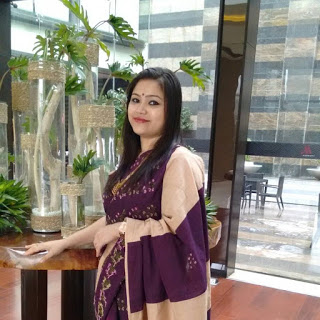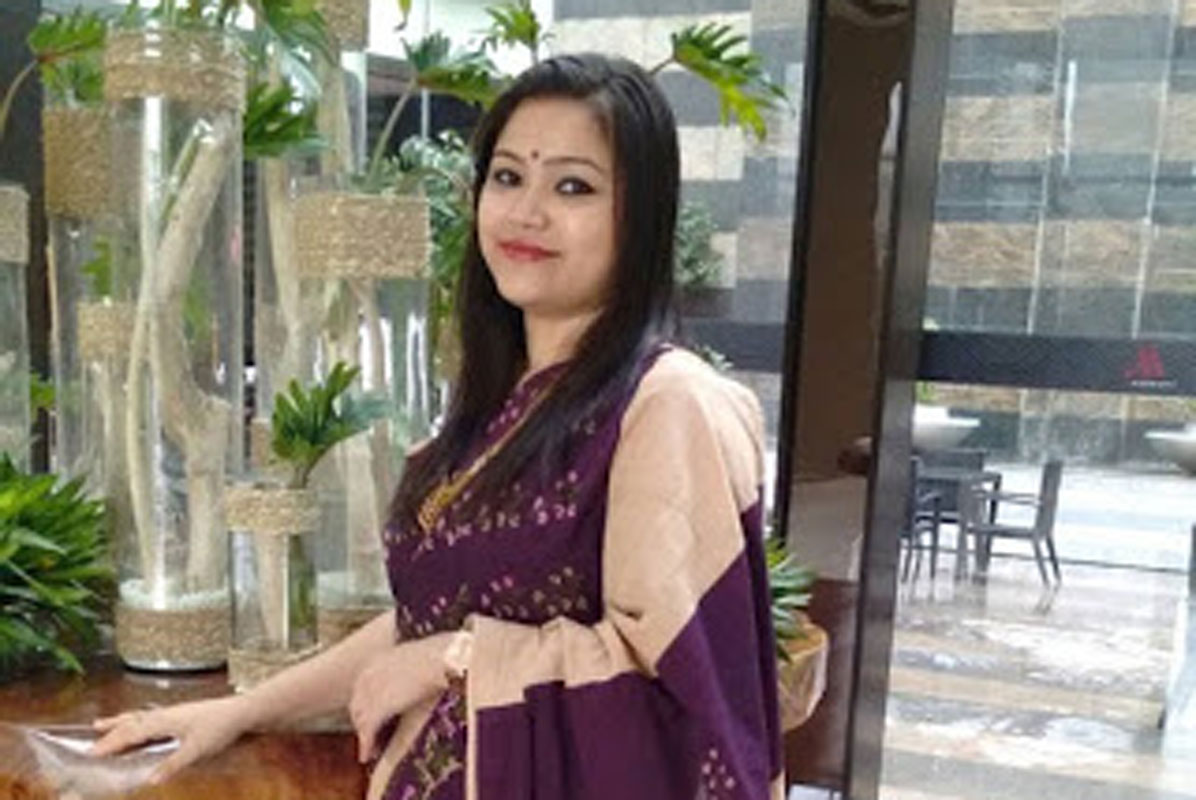My mom was all set to wrap me in a 9 yard long Assam silk saree. The scene was years ago in my hometown, I was in my teens. It was the day of Saraswati puja (goddess of knowledge) and the girls were meant to be clad in their sarees. It was fun, I recall. Wearing mom's saree and picturing myself as a mature woman in my head.
As I grow up, the lure of western clothes overtook my fascination for the saree. Draping the saree became a cumbersome task. And during college fests, when you have to be mandatorily draped in one, I had friends who helped with the draping. I thought that I would learn to do it myself and nor did I really want to.
Now, being in my late 20's; my attitude towards the saree and Indian culture has changed radically. Let me put it plainly, I love the saree, be it cotton, Benaras or Mysore silk, I love them all. But yes, unlike some of the older women at home, I can't really wear it indoors. I prefer wearing it to parties or to the office, rather. The saree makes you stand out in a crowd. Yes, it can feel a bit awkward initially, but trust me you will rock the show once you get comfortable with it.

Wearing a saree represents our Indian culture. Cultured, smart while being polite and, of course, stylish; these three qualities that strike the mind as I think of a woman in saree. Most Indian states have saree as their attire in one form or the other. It is generally wrapped singly with twists and turns. However, different states have their own intricate way of draping it. Women from Coorg keep their saree pleats at the back however the traditional Bengalis have their pleats on their pallu.
For many of us women, saree is a symbol of festivity. A few like me wear it as a tribute to the Indian culture and the craftsmen as well.I like to wrap my saree in every way possible suitable for the occasion. For example, if I'm in an event organised in Mumbai, I wear a Kashta saree with a big nose pin. I feel it's a lovely way to pay respect to that culture. I like to wear a Mekhla sador (two-piece saree) if I am in Assam or celebrating any Assamese festival.
There are communities like Parsis, for whom a Gara saree is equal to a property. Authentic Gara sarees are made manually. "Using of machines depletes the authenticity of the saree”, said Zenobia, a Gara saree stylist. Sarees in many communities are a part of the inheritance. The craftsmen use needles and threads to design the whole saree, this not only increases respect towards them but also drive one to wear that masterpiece.
I finally arrive at a conclusion that sarees are not old-fashioned but it's a unique compliment to our style statement, is a tribute to womanhood and is a powerful way to respect our craftsmen.
Thank you for visiting the blog




